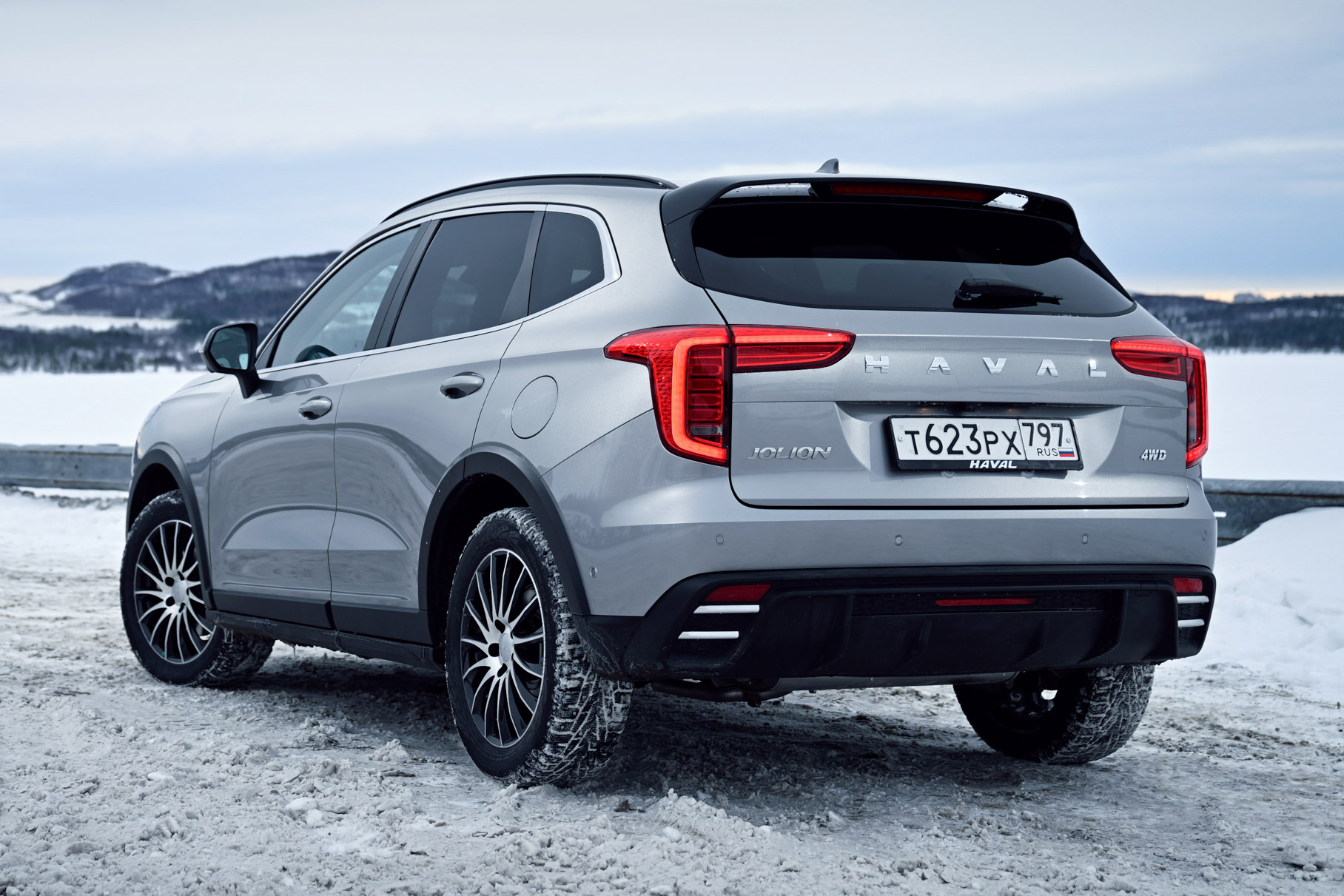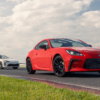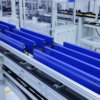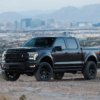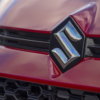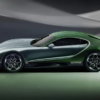It turned out to be excellent urban dynamics for the money. To reach this conclusion, test editor of the automotive portal Motor.ru Dmitry Laskov tested most models of Chinese crossovers priced up to 3 million available on the Russian market. The secret is that almost all cars in this class are equipped with 1.5 or 1.6 liter turbo engines with a capacity of about 150 horsepower.
The advantage of 1.5 and 1.6 turbo engines over larger, but naturally aspirated units is manifested precisely in the city, where their high elasticity is revealed. That is, the ability to quickly reach peak performance is better the sooner (in the context of crankshaft rotation speed) and at the same time, the more torque the engine produces. In other words, the car is able to accelerate vigorously almost regardless of what speed and what gear it is initially moving in the city.
Updated Haval Jolion. Just like that Test: does Jetour Dashing look good? The updated Geely Coolray is not just a restyling?
It is important that the traction characteristics of modern “turbo-one and a half trucks” (and similar low-volume vehicles) are sufficient for dynamic movement in the city, regardless of the type of transmission: both robotic gearboxes and modern CVTs themselves work quite quickly and efficiently, and thanks to the solid torque of the engines ( on average from 210 to 290 N∙m) for intense acceleration, downshifting is often not even required.
Haval
At the same time, the good dynamics noted by the expert for affordable crossovers from China has several reservations. Firstly, the moment of starting from a standstill is often associated with a noticeable delay, so the results of traffic light races and acceleration figures of 0-100 will not please the owners of all models. This is explained by the protection of the robot clutches or the variator belt from overload during start-up, as well as eco-delays common among manufacturers in setting the accelerator pedal.
Secondly, highway dynamics (at speeds above 100 km/h and especially on high-speed toll highways) are determined mainly not by engine torque, but by its power. And also the weight and aerodynamics of the body – three parameters in which mass-produced Chinese crossovers have not moved far from the crossovers of other brands that Russian drivers were accustomed to in the “pre-Chinese” era.
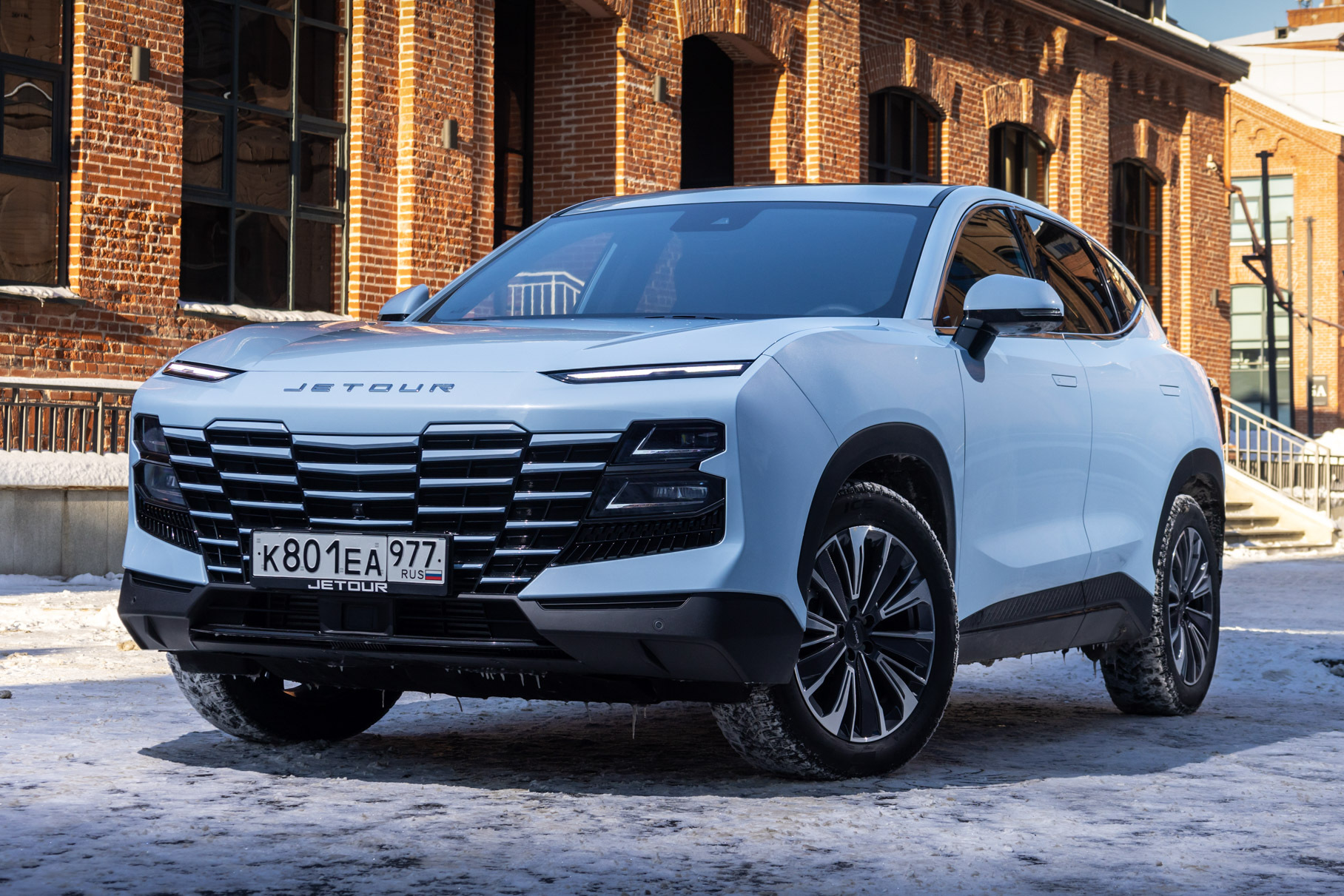 Vyacheslav Krylov
Vyacheslav Krylov
Finally, modern European, Japanese and Korean models, just like the “Chinese” ones, use highly efficient supercharged engines, but these cars are not currently represented on our market. Therefore, we can say that it was Chinese crossovers that became the entry ticket for the mass Russian driver to the world of affordable but nimble cars.
Updated “Chinese”: we will help you not to miss anything
